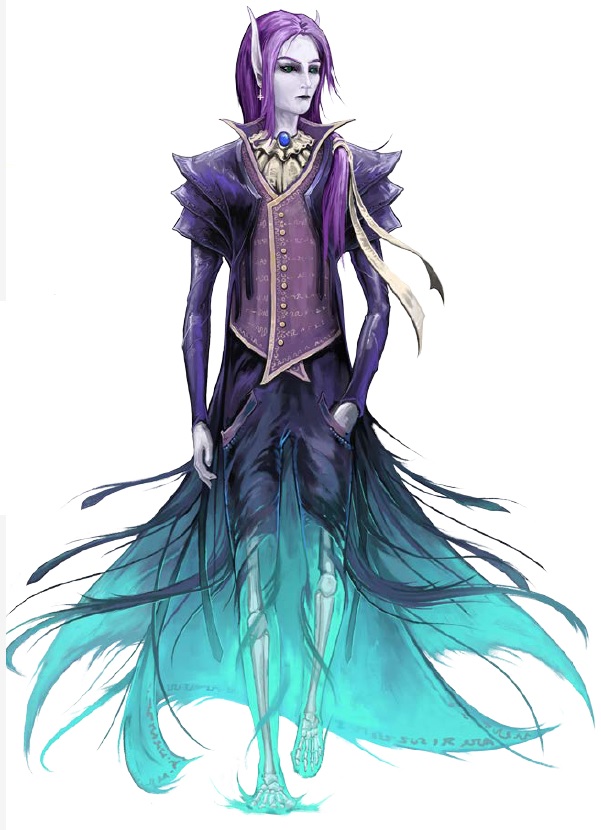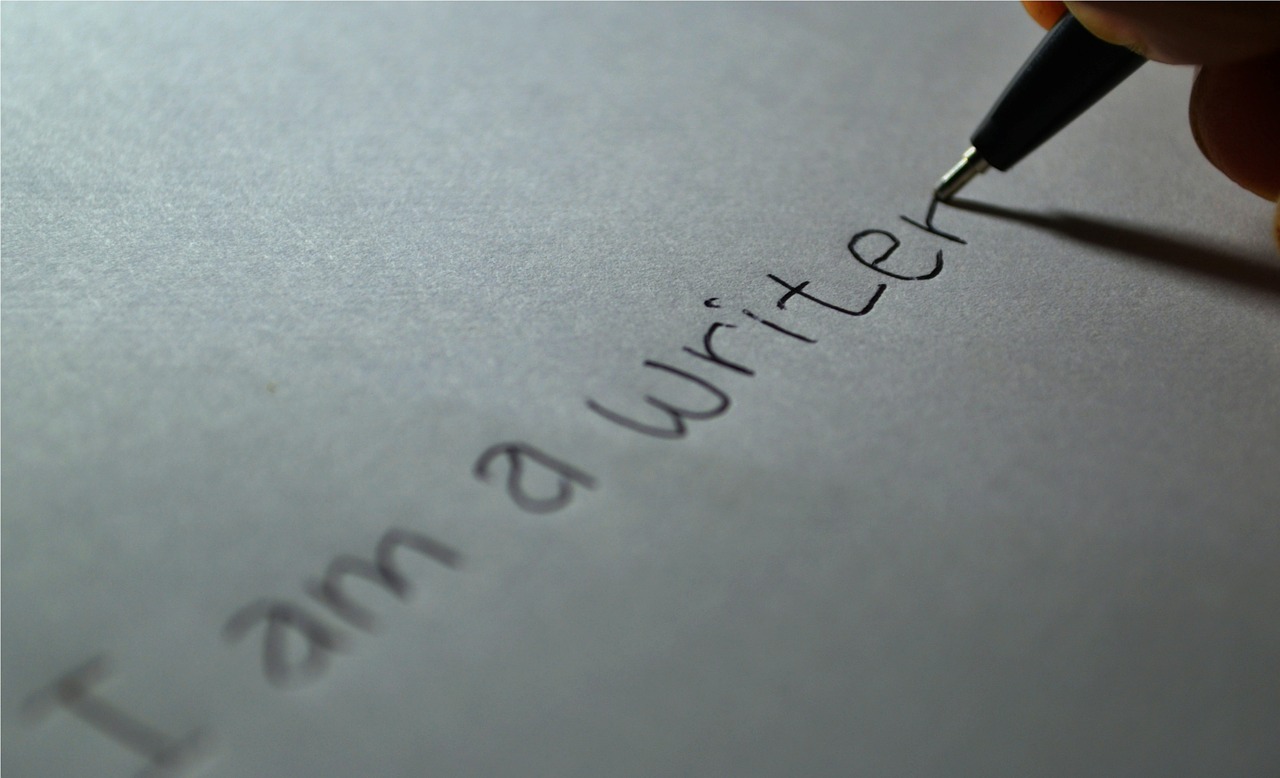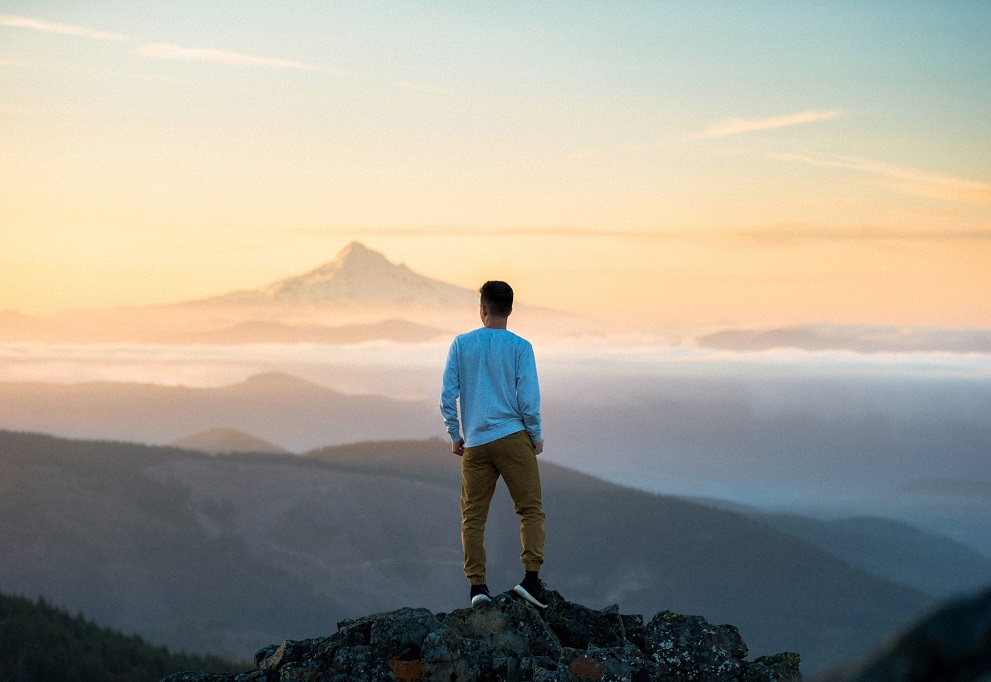When crafting an encounter, the environment you choose is almost as important as the creatures your PCs face. Features of the battlefield such as difficult terrain, differing elevations, ambient lighting, and even hazards can dramatically change the way the PCs interact with their opponents. Take special care for each combat to ensure that the different features of the terrain are as varied as the creatures the PCs face.
Imagine a fight against a lone skilled archer. If that battle happens on a flat featureless map, you can imagine how quickly that fight will be over and how unsatisfying it will be. One of the melee combatants will charge up to them, another will move around into a flank and the archer can no longer do what they’re built to do.
However, if you place difficult terrain between them, then the melee combatant can’t charge and the archer may have a few rounds before getting pummeled. What if you put them on higher terrain that’s harder to get to requiring a Climb check, very high Acrobatics, or lots of movement to move up a spiral staircase to get to them? What if the lighting is dark, but the archer has darkvision and has no trouble seeing well lit PCs? Each of these choices will drastically change the way the combat. Let’s look at our adventure and see what sorts of terrain features we want to include.
Selecting Terrain Features
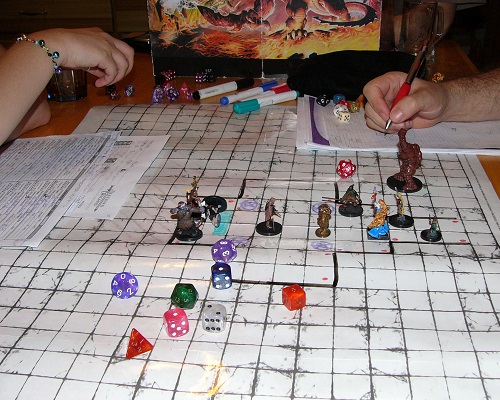 Our first combat encounter is against kobolds and their traps in a dense forest. Just by including a forest greatly increases the interest of this fight. The trees provide some cover to protect those scrawny little kobolds while the undergrowth gives them a great place to hide. Larger trees give an opportunity for getting some kobolds into higher elevations. We can further make things interesting by adding little tunnels the kobolds have crafted to move around the forest undetected. Perhaps only small and smaller creatures can fit in the tunnels, but medium creatures can squeeze through. Now our little dragons-lovers have some protection and can sneak around the PCs to keep them guessing. Finally we have a clockwork construct to make things interesting. I like the idea of fitting the clockwork with a wood-chipper; one of the little kobolds can throw bundles of sticks down into it and spray the PCs with shards of jagged wood.
Our first combat encounter is against kobolds and their traps in a dense forest. Just by including a forest greatly increases the interest of this fight. The trees provide some cover to protect those scrawny little kobolds while the undergrowth gives them a great place to hide. Larger trees give an opportunity for getting some kobolds into higher elevations. We can further make things interesting by adding little tunnels the kobolds have crafted to move around the forest undetected. Perhaps only small and smaller creatures can fit in the tunnels, but medium creatures can squeeze through. Now our little dragons-lovers have some protection and can sneak around the PCs to keep them guessing. Finally we have a clockwork construct to make things interesting. I like the idea of fitting the clockwork with a wood-chipper; one of the little kobolds can throw bundles of sticks down into it and spray the PCs with shards of jagged wood.
Hopefully the PCs won’t try and attack the bronze dragon who only has the best of intentions, even if her actions are somewhat misguided. However, we’ll still need a map for her lair. Any cave system with a large enough space for a dragon as well as some twisty side passages for the PCs to retreat to if our dragon proves to be too powerful for them.
In the cemetery we have a chance for some mounds of overturned earth for rough terrain. Most undead are mindless and just rush toward the PCs and attempt to maul them. Breaking up the terrain will give the PCs an opportunity to control the paths of the undead and set up some sort of defense. Perhaps some open graves will act as a limiting feature to shape the battlefield and give the PCs an opportunity to use forced movement to knock a skeleton or zombie out of the combat.
For the sahuagin near the docks we could have narrow piers that make navigation difficult, but reward PCs with enough Acrobatics to jump from dock to dock or run across a moored rowboat. Our sahuagin necromancer is going to be more effective out of melee combat, so let’s add some obstacles in the PCs way. An overturned barrel of fish, making a slippery patch that acts as grease, should do the trick. Finally, some loose planks in the dock can act as a minor trap to slow down PCs advancing toward our sahuagin necromancer.
The underwater combat is already going to be complicated by using the underwater rules and keeping track of everything in three dimensions. For that fight, lets leave the terrain relatively featureless. I like the idea of the fight taking place near a coral reef, so we can add that as a backdrop. The PCs may need a place to retreat to, or ambush from, some we can put a small kelp forest on the other side, providing concealment for anything hiding in the kelp.
But I’m Not a Cartographer
I’ve heard this from many game authors: I’m horrible at drawing maps. I have good news for you: there are tons of pre-drawn maps that you can use in your adventure. Paizo has a fantastic selection of expertly drawn flip-mats and map packs. In many of the adventures I’ve written, I use most or all pre-generated maps. If you’re not worried about printing your own maps, or are playing with a virtual table top, you can find free maps online at sites like RPGMapShare, 2 Minute Tabletop, and Wizards of the Coast free map archive. If you’re planning on publishing your adventure, make sure to get permission from whomever owns the map and pay them for their work.
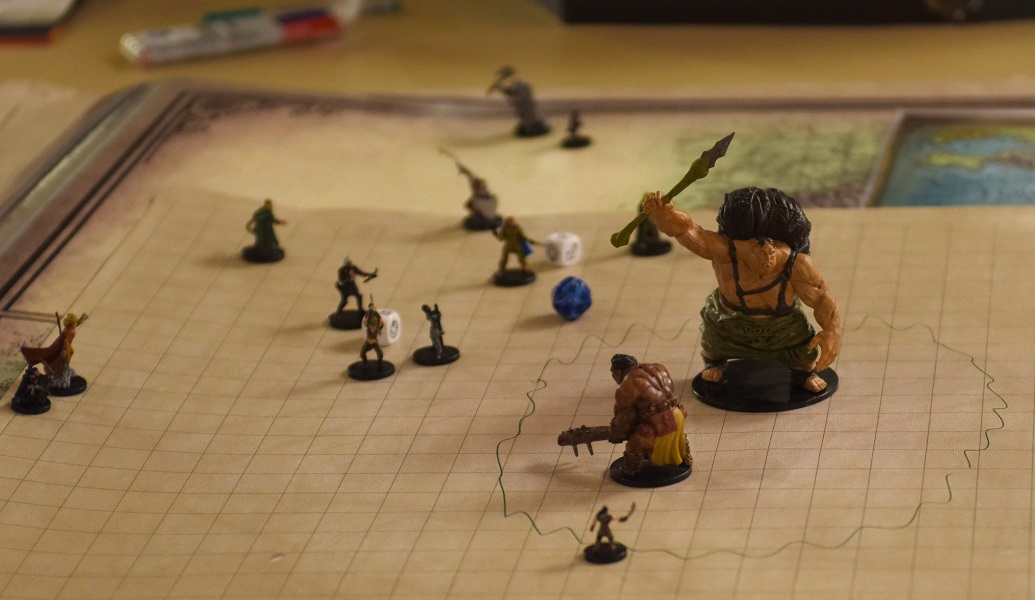 If you’d like to create your own maps, there are various mapping software out there. Campaign Cartographer is one of the most famous, but you can also go far with Photoshop or Gimp and creative use of layers. The recently released MapForge software looks fairly promising and easy to use; they also have licenses and agreements in place to use your maps for publication.
If you’d like to create your own maps, there are various mapping software out there. Campaign Cartographer is one of the most famous, but you can also go far with Photoshop or Gimp and creative use of layers. The recently released MapForge software looks fairly promising and easy to use; they also have licenses and agreements in place to use your maps for publication.
If you’re running your adventure just as a home game, don’t underestimate the value of a hand-drawn map on 1-inch grid paper. “But I’m not a cartographer.” Oh, I get you, but it doesn’t have to be perfect. Sketch up a map that contains the elements you need and pull inspiration from other maps you’ve seen.
Take a look at the encounters you’ve been dreaming up and consider how these terrain elements can spice things up. Are there any other elements you use to make encounters more exciting? Add them to the comments, below.



